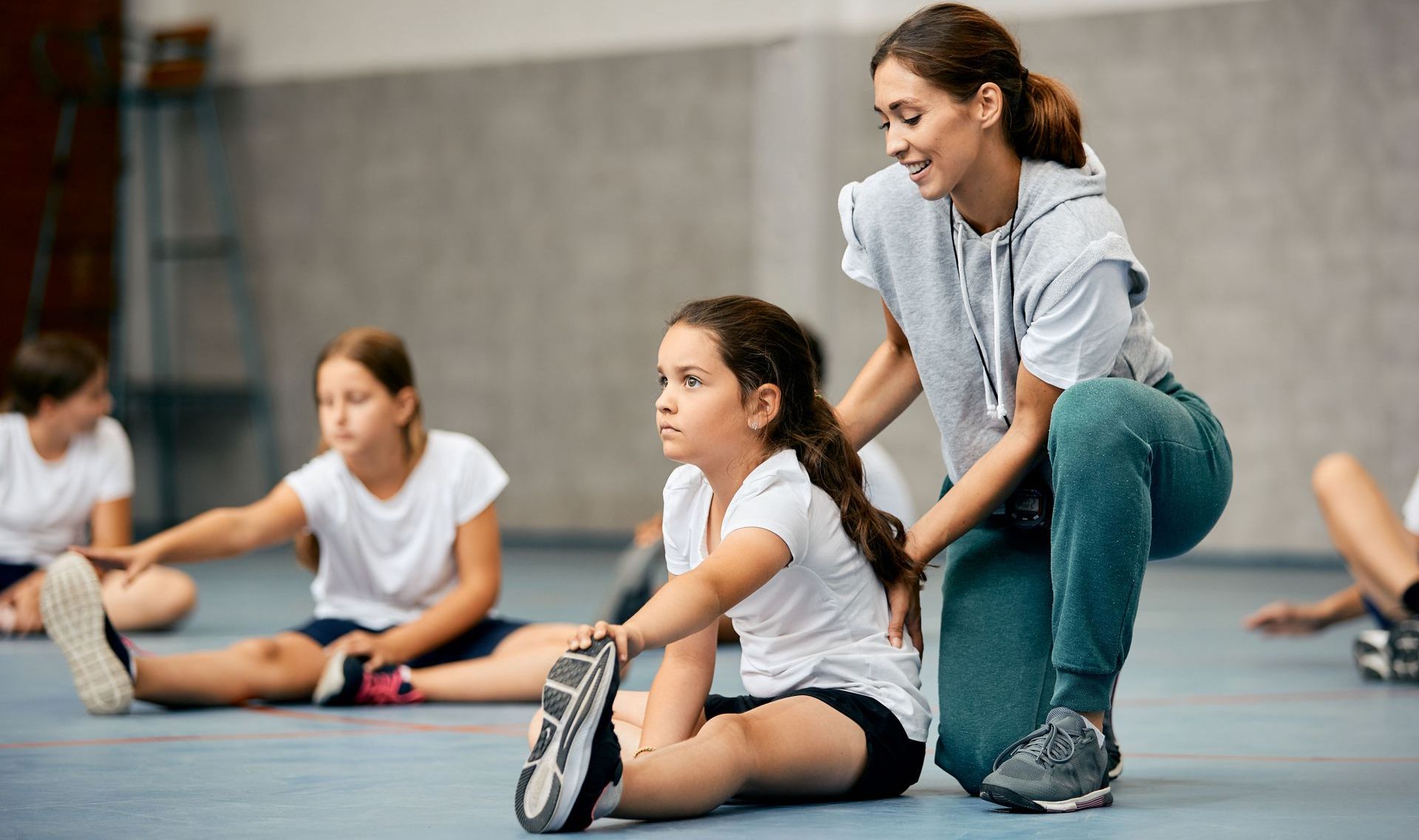SEL Classroom Activities
May 15, 2023

Incorporate Technology
Integrating technology into classroom instruction can greatly enhance student learning, motivation, and engagement. Incorporating various digital tools and platforms such as educational apps, videos, learning management systems, and interactive whiteboards will enhance traditional teaching methods and facilitate a more collaborative and dynamic SEL experience for students. Technology offers limitless opportunities for interactive learning, allowing students to explore complex concepts in a more personalized and engaging way. It is important for educators to continually seek ways to incorporate digital tools into their classrooms in a way that enhances student learning and provides a well-rounded education.
Establish Group Projects
Establishing group projects that focus on problem-solving and collaboration is a great way to encourage social and emotional learning in students. By working in groups, students can develop essential skills such as communication, teamwork, and empathy while tackling real-world problems. These projects allow for a dynamic learning experience that promotes critical thinking and creativity, as students collaborate and share their ideas. By assigning group projects that require problem-solving, students can practice resilience and learn to think outside the box when faced with challenges. Ultimately, these group projects foster a positive and supportive learning environment that encourages SEL and helps students develop the skills they need to thrive in their personal and professional lives.
Incorporate Movement
Incorporating movement into the classroom can be a powerful tool for increasing student engagement and learning, especially when it comes to social-emotional learning. Research has shown that physical activity can have a positive impact on student's mental health and can even increase their academic performance. Incorporating movement can take many forms, such as short dance breaks between lessons or stretching exercises during transitions. These activities can help students refocus their attention, reduce their stress levels, and practice self-regulation. By integrating movement into the learning experience, we can create a more inclusive and dynamic learning environment that benefits all students.
Foster Creativity
In today's educational landscape, fostering creativity is becoming increasingly important. Giving students the space to think outside the box and create their solutions or products is not only essential for their personal development but also for the future of innovation. Social and emotional learning is a critical component of this process - by encouraging creativity, we are also teaching students how to express themselves and build self-confidence. By providing opportunities for students to explore their interests and ideas, we are helping them to tap into their full potential and become impactful contributors to society. So let's foster creativity and empower our future leaders to make a difference.
Enhance Participation
In today's diverse classrooms, teachers are constantly searching for ways to enhance participation and engage all students in class discussions, activities, and tasks. With the rise of new technologies and teaching strategies, there are a plethora of options available to educators. Some popular techniques include using interactive apps, games, and videos, assigning group projects, and fostering a collaborative learning environment where students feel comfortable sharing their thoughts and opinions. Encouraging students to ask questions and creating a safe space for open-minded discussions could also greatly increase their participation. Ultimately, the goal of enhancing participation should be to create a learning environment where all students feel valued, heard, and invested.
Encourage Reflection
Reflection is a vital aspect of learning, and encouraging students to reflect on their work, progress, and critical thoughts throughout lessons can greatly enhance their overall understanding and growth. By reflecting on their work, students can identify their strengths and weaknesses, set goals, and track their progress toward achieving them. Reflection can also help students to recognize patterns in their thought processes and develop their critical thinking skills. As educators, it is important to create a safe and welcoming learning environment where students feel comfortable sharing their reflections and ideas. By fostering a culture of reflection, we can help our students become more self-aware and engaged learners.
As an educator looking to implement SEL activities into the classroom, it's important to remember that every student learns differently and should be given multiple opportunities to experience engagement in the classroom. Incorporating technology into lesson plans, fostering creative problem-solving skills, establishing group projects so students can collaborate and learn from one another, incorporating movement into learning activities, enhancing students' participation throughout class time, and encouraging critical reflection—all of these approaches can provide more meaningful educational experiences for all learners. With creativity, structure, and genuine care, educators can create classrooms that are not only engaging but also ones that promote empathy and foster meaningful relationships as they guide their students on the path towards success.
"Building Career Identity: How Students Discover Their Purpose Through Real-World Experience" emphasizes the importance of developing a career identity in today's dynamic job market. It highlights that career identity is an evolving sense of self, shaped by experiences, skills, and aspirations, rather than a fixed job title. The book argues that real-world experiences, such as project-based learning, internships, and community engagement, are crucial for students to discover their strengths and passions. Early exposure to these experiences helps students from diverse backgrounds overcome stereotypes and systemic barriers, fostering confidence and agency. The book advocates for schools and communities to support career exploration through reflective practices, mentorship, and equitable access to opportunities, empowering students to navigate their career journeys with resilience and adaptability.
The article discusses a shift from traditional tech hub models to talent economies in urban development. Historically, cities focused on attracting large corporations, leading to economic fragility and inequality. Talent economies, however, emphasize nurturing local human potential through education, entrepreneurship, and inclusivity. This approach involves integrating career-connected learning in schools, supporting small businesses, and addressing systemic inequities. Cities that prioritize talent economies gain resilience, attract ethical investments, and foster civic vitality. The future of urban success lies in unlocking human potential, making talent economies essential for sustainable and equitable growth.
